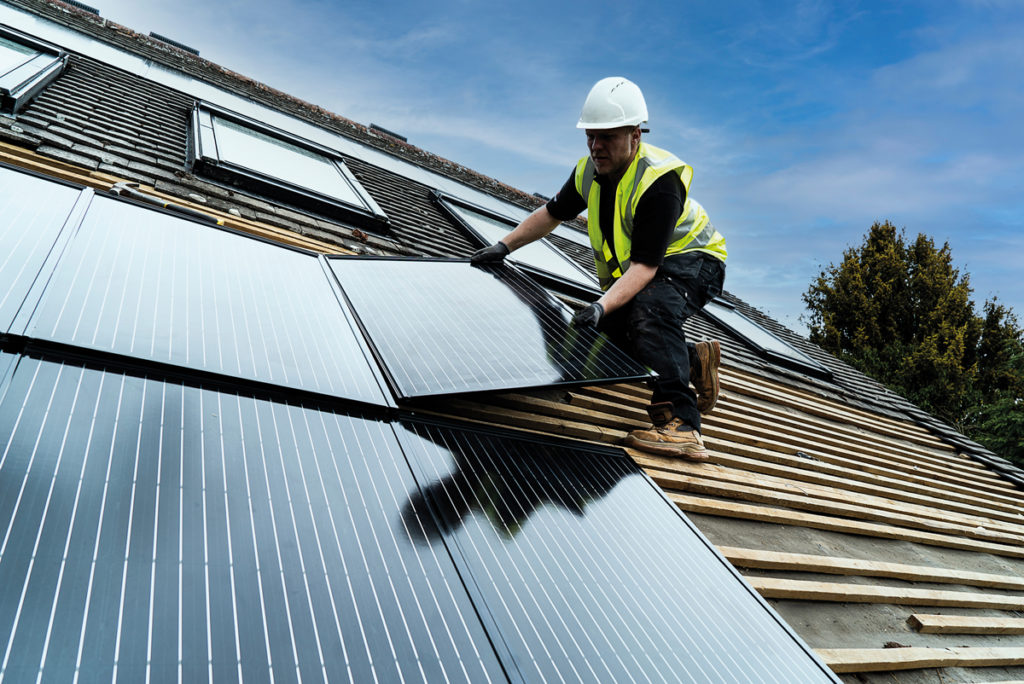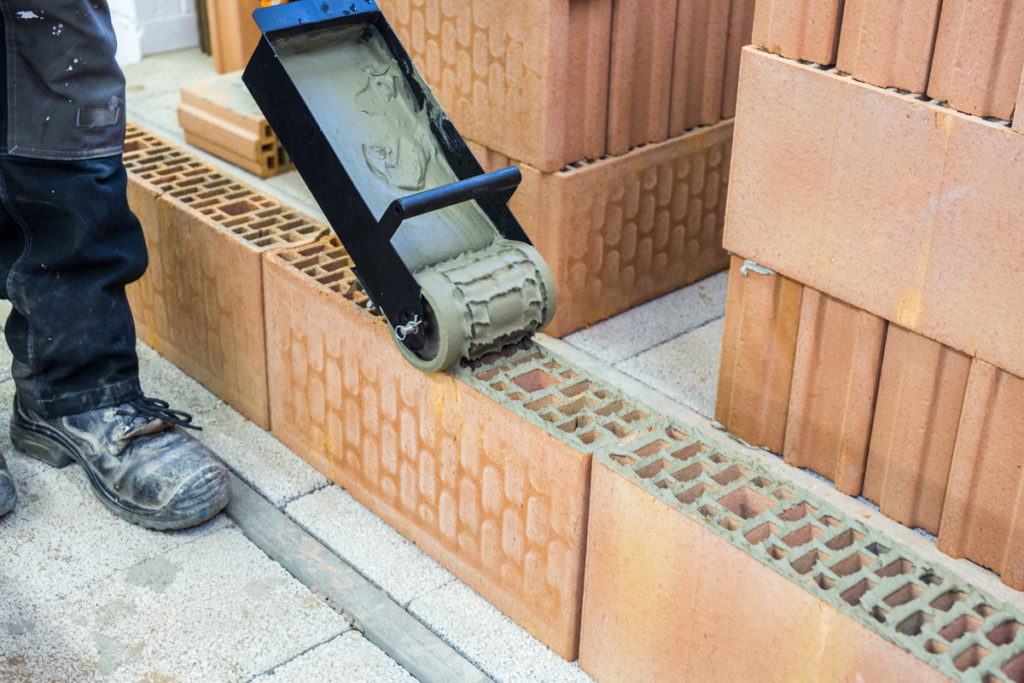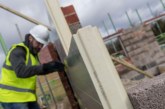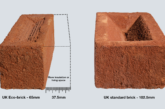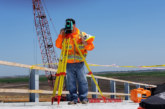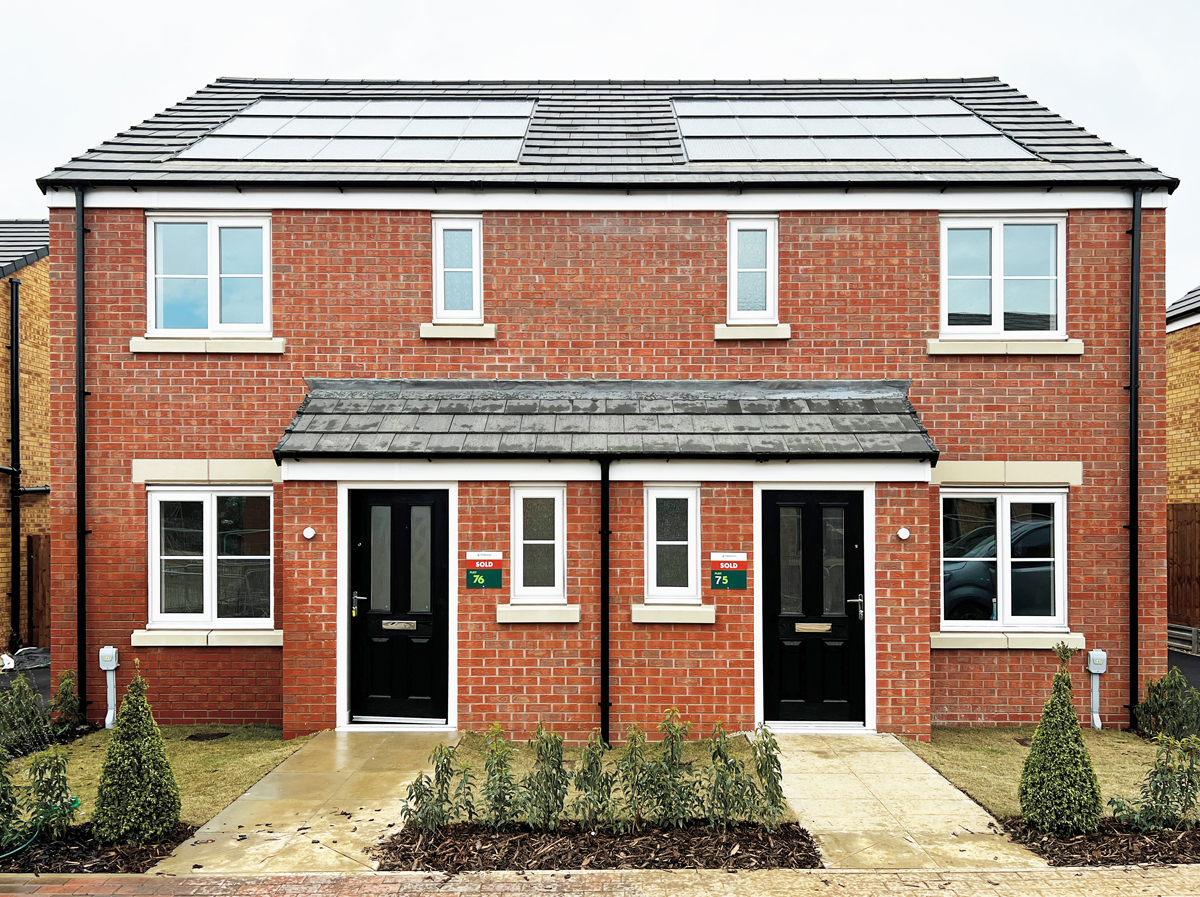
The race to net zero is on, with changing building regulations driving a shift towards more energy efficient and climate resilient homes.
Here, Gonzalo Bunse, category director at Wienerberger UK and Ireland, explores how developers can build energy efficient homes to meet the Part L and the Future Homes Standard.
To propel the UK toward achieving its ambitious net-zero targets, the construction and built environment sector must assume a leading role. Statistics from the 2022 Global Status Report for Buildings and Construction found that the sector accounted for over 34% of energy demand and around 37% of energy and process-related CO2 emissions in 2021. This means that the gap between the climate performance of the sector and the 2050 decarbonisation pathway is widening rather than shrinking.
The introduction of the Future Homes Standard in 2025 signifies a huge stride towards a more sustainable future in the built environment. The regulations will see the construction of zero carbon ready homes, boasting low carbon heating systems and exceptional fabric values, become the norm from 2025.
Newly constructed homes must generate 75-80% fewer carbon emissions compared to those built under pre-2022 Building Regulations. Critically, homes built under the standard must require no retrofitting in the future. The new Part L Building Regulations, updated in June 2022, have been introduced as an interim step before the Future Homes Standard with the aim to make CO2 emissions from new builds 30% lower than current emissions.
The challenge to get there is no small undertaking. A study conducted by The Housing Forum’s Future Network found that the housing industry is unlikely to meet the Future Homes Standard requirements by 2025. Tellingly, one in every five surveyed admitted to lacking a comprehensive plan to build homes that align with the 2025 emissions objectives.
Clearly, a great deal of work needs to be done as an industry, and we invite our partners and communities to share their sustainability ambitions with us, so that we can innovate and move forward together. As suppliers, we can collaborate to support the housing sector to meet this challenge.
To ensure compliance with the Future Homes Standard, housebuilders must adopt a ‘fabric first’ approach. This means the specification of high-performance fabric materials from a project’s inception to minimise energy consumption and reduce a home’s operational carbon footprint.
Although the primary responsibility for implementing this approach rests with housebuilders, it’s equally important that manufacturers contribute by consistently innovating high-performance products that prioritise decarbonisation and energy efficiency.
So, what steps are suppliers taking to support housebuilders in meeting regulations? For instance, new ‘eco bricks’ can help housebuilders looking to achieve an uplift to standards in Part L whilst reducing brick costs by around 10%. It has a slimmer profile than a conventional facing brick and, importantly for prospective homebuyers, allows potential savings on energy bills and an increase in thermal performance by increasing insulation material by 37.5mm. Being a slimmer brick means less clay is extracted, processed and transported which, in turn, cuts the carbon footprint per square metre of façade by up to one-third.
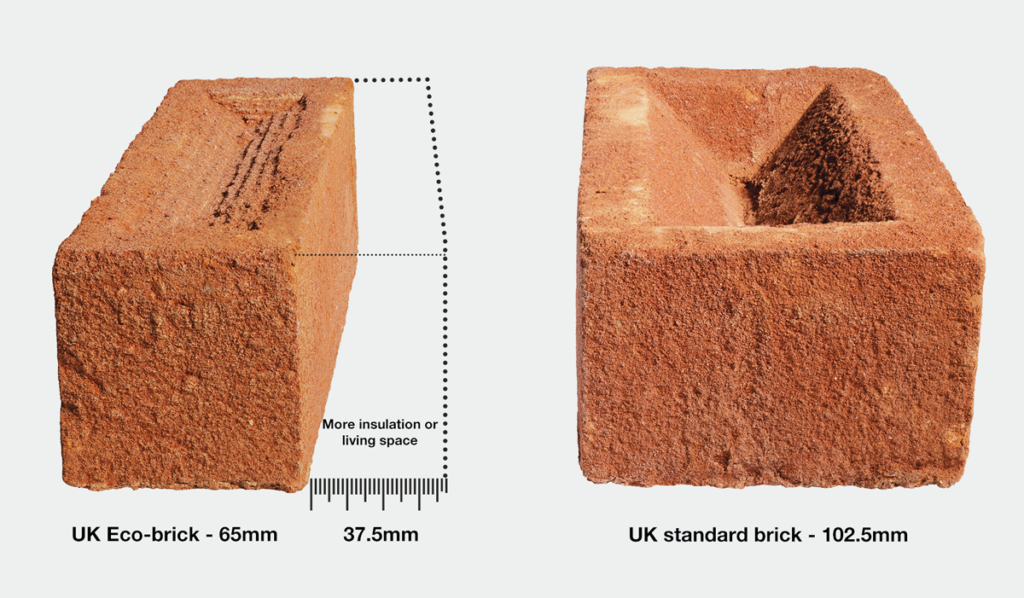 Likewise, solutions such as clay block walling systems can also help housebuilders to meet the new Part L Building Regulations by preventing heat loss and reducing overheating by utilising thermal mass.
Likewise, solutions such as clay block walling systems can also help housebuilders to meet the new Part L Building Regulations by preventing heat loss and reducing overheating by utilising thermal mass.
We can also expect the future of solar to be a bright one. In the first six months of 2022, the UK installed 556MW of solar PV energy, representing an 80% growth in new solar PV installations compared to the previous year. In addition, 60% of homeowners without roof-mounted solar panels reported that they would be likely consider installing them in the next few years.[1] Under the new Part L 2021 and SAP 10, PV is now in the new building regulations for the notional assessment. This means that when assessing a dwelling, it will be compared with having solar PV and so, if PV is not installed, it will be very difficult to pass the SAP assessment.
A greener future
Without a doubt, the construction industry must undergo a real transformation to achieve seamless compliance with the Future Homes Standard by 2025. Surpassing the standards set in Part L right now is crucial for equipping new housebuilders with better tools to comply with the Future Homes Standard.
Embracing this fabric first approach, working closely with manufacturers to stay abreast of product development and incorporating products that promote sustainable building practices are critical to fulfilling regulatory requirements.
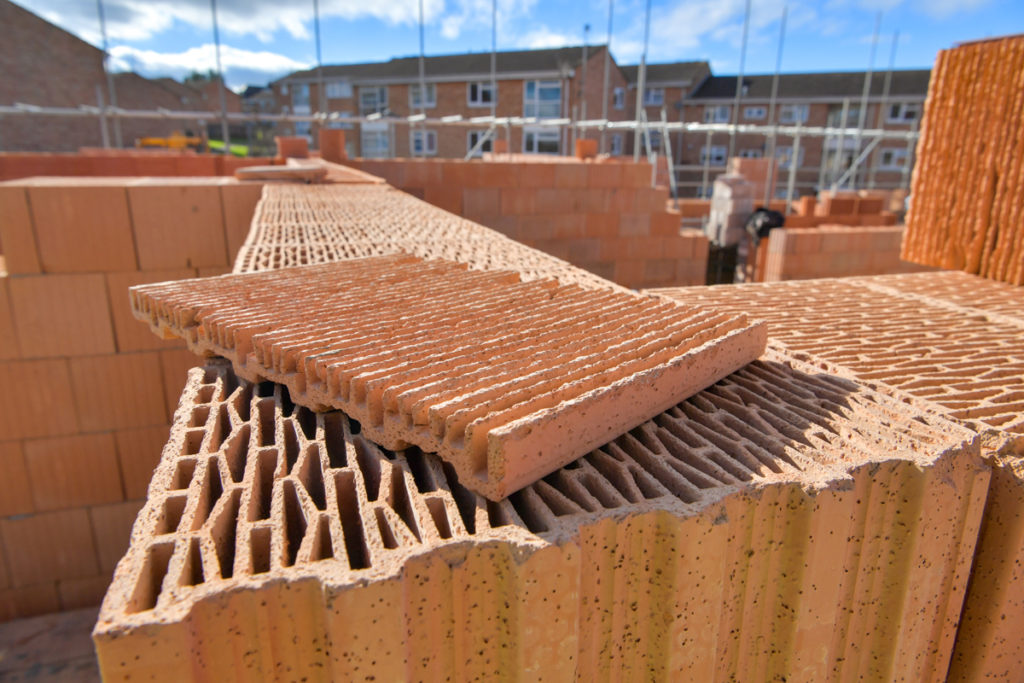 It’s worth noting that it’s not just regulatory change driving this. Research says homebuyers are being more discerning about the energy efficiency of their homes and are more likely to actively seek out a house with the best energy credentials due to climate change and fuel poverty concerns. Respondents in research by Knight Frank said that they would pay more for an energy-efficient home too.
It’s worth noting that it’s not just regulatory change driving this. Research says homebuyers are being more discerning about the energy efficiency of their homes and are more likely to actively seek out a house with the best energy credentials due to climate change and fuel poverty concerns. Respondents in research by Knight Frank said that they would pay more for an energy-efficient home too.
Undoubtedly, consumer mindsets, coupled with evolving building regulations, herald a new era of sustainability. To safeguard our planet, it’s important that housebuilders and suppliers adapt and improve processes now, so they aren’t left behind in years to come.
Want to know more?
For further details, go to www.rdr.link/dao004

